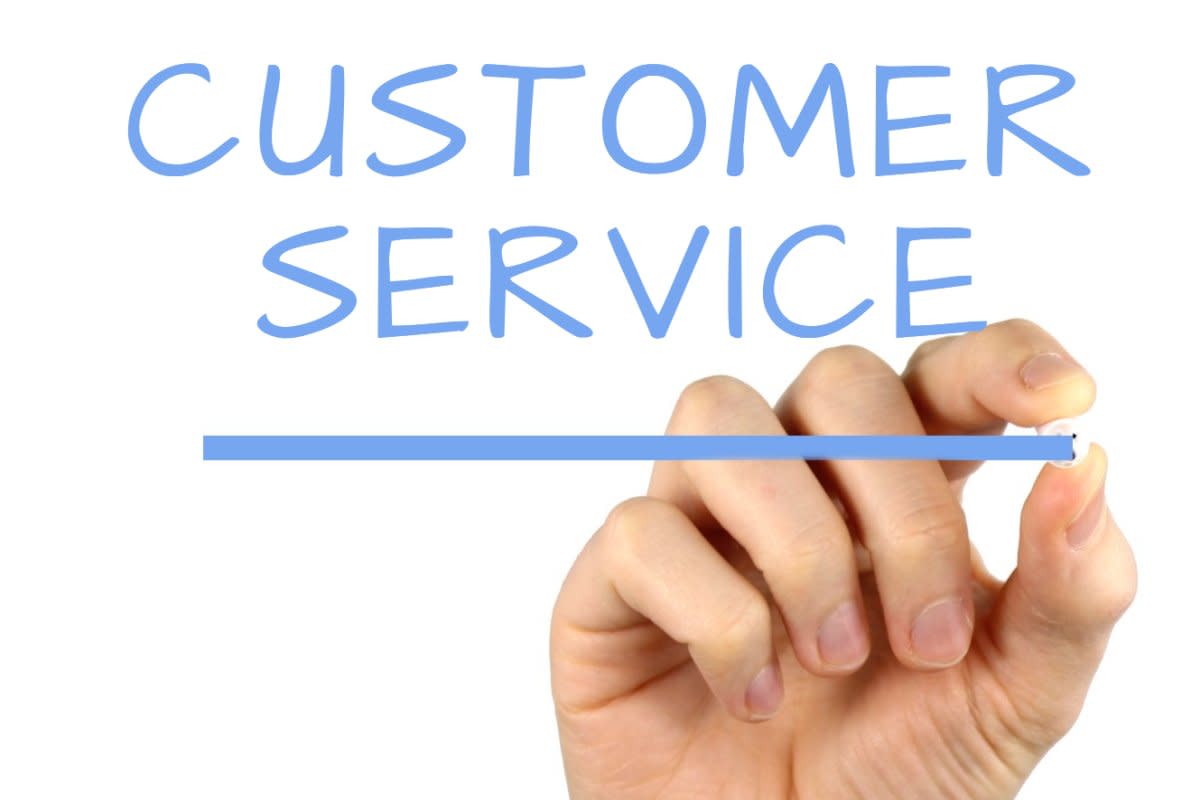Quality Function Deployment Keeps Businesses Aligned with Customers' Wants and Needs

Quality Function Deployment is an important link between customers, design engineers, competitors and manufacturing and can be a key factor in the total quality management of an organization. Quality Function Deployment can help a company focus on the needs of the consumer when making a new product or reinventing an existing one. Where any business is concerned the customer has certain desires and needs that must be addressed. The implementation of the Quality Function Deployment approach by businesses in any industry can help managers effectively meet the needs and desires of their customers. The customer desires a quality product. To address this, management must ensure that a desirable product is offered. Management must also ensure that quality materials are being used and that the products are manufactured in a manner that is desirable to the customer. Another concern for management would be the customer service that the business provides. Management must ensure that the employees are properly trained and able to execute what they have learned in training in order to provide the customers with the best experience possible.
Let’s take a restaurant for example. Customers of restaurants desire the proper atmosphere. Managers must ensure that they create an atmosphere that it appealing to its patrons. The restaurant must be clean, safe and inviting. It also helps to have an atmosphere that is unique. The restaurant patron also desires a cost to value ratio that applies to the restaurant that they are patronizing. In short, the money that they are paying must be acceptable in regards to the product that they are receiving.
The Four Phases of Quality Function Deployment
Quality Function Deployment involves four phases. These phases are:
- Product Planning – During this first step of implementing the Quality Function Deployment approach, a business’ goal is to find out what the customer wants. A few ways that this can be accomplished is by surveying existing and future customers or introducing products and services for trial periods in an effort to analyze the success of the products and collect feedback. After finding out what the customer wants, the product planning phase begins. During this phase, the managers of the business must take the requirements of the customers into consideration and determine the actions to take in order to meet the. For example, if the customer of a restaurant requires quality food at a cheap price, the managers can determine how to get quality products and ingredients at a cheaper price so that the savings can be reflected on the menu.
- Product Design - During the product design phase, management must adhere to what the consumer wants. I will use a restaurant’s atmosphere for this example. If the patron desires a safe, clean and unique environment, management must brainstorm and come up with methods that will allow them to deliver this.
- Process Planning -During this phase, the business’ management team determines the proper processes to implement and the easy, most cost-effective way to implement them.
- Process Control – During this very important step, a business establishes process control plans, maintenance plans and training plans in order to control operations and maintain a certain level of quality.
Pros and Cons of Quality Function Deployment
The pros of implementing Quality Function Deployment would be the ability to gain a better understanding of the customer’s demands. Implementing Quality Function Deployment would also improve the communication channels between customers, marketing, research and development and quality and production departments which support a better decision making process of each function. The cons of implementing Quality Function Deployment would be that it can become complicated when dealing with many process inputs or customer requirements.
Overall, I think that the implementation of Quality Function Deployment is extremely advantageous because it incorporates the desires and needs of the customer into the design of the product, which goes a long way to ensure that the customer will be satisfied with the final product.
Quality Function Deployment Tutorial
More Business Management Related Links
- Implementing Quality Compensation Packages Will Keep Your Workforce Happy
In order for a business to remain competitive, employee incentive programs are very important in the attraction and retention of quality employees. With a balanced compensation package, employees should... - Defined Benefit Retirement Plan vs. Defined Contribution Retirement Plan
Retirement is a subject that is certainly important to members of the workforce as well as the businesses that employ those members of the workforce. For the employer, having a good retirement benefits...








